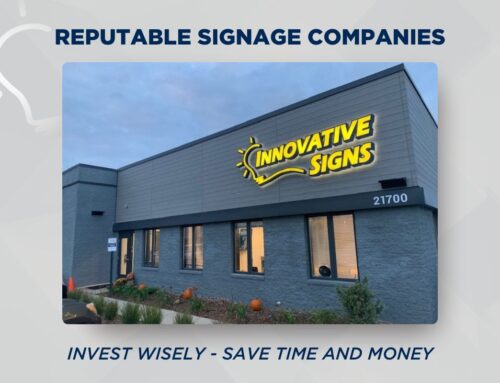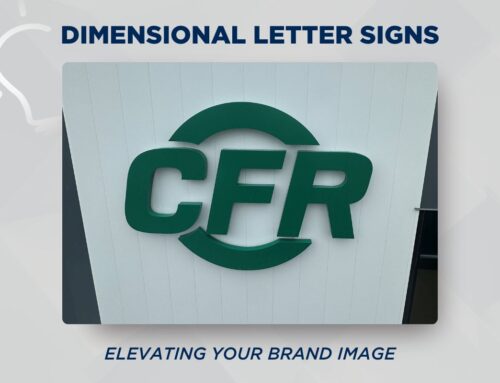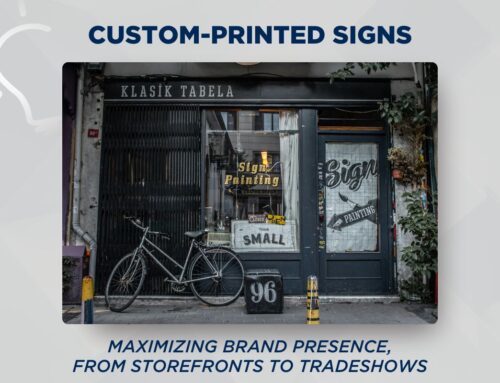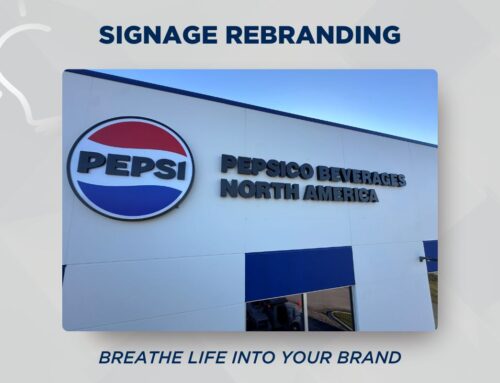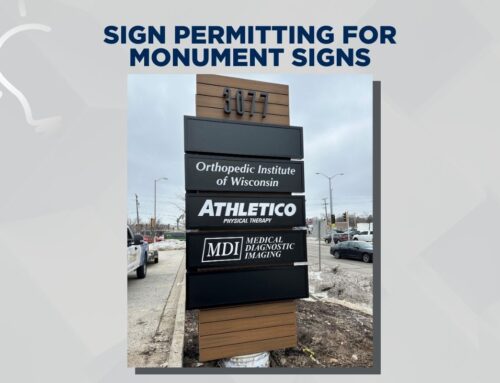The sign permitting process can often seem daunting for businesses. To ensure compliance with local regulations and avoid costly delays or fines, it’s crucial to understand the steps involved. This guide aims to demystify the process, using a typical timeline in many municipalities.
Understanding the Municipal Code
The first step in the sign permitting process is to conduct thorough code research according to the municipal code. Each city has its own set of rules and regulations that dictate what is permissible. This stage involves determining how the property is zoned, whether B1 Industrial, C2 Retail, or an Office designation. Each zoning type will have different sign requirements, such as size, height, and location restrictions. Acquiring this information accurately can take 1-2 days and is the foundation of the permitting process.
Site Survey: The Foundation for Your Sign Design
Approximately 2-3 days after the initial code research, a site survey should be conducted. This involves taking precise measurements and photographs of the site. These details are crucial for creating a sign design that is both maximally effective and compliant with local codes.
Design Creation: Balancing Aesthetics and Sign Permitting Compliance
Once the site survey is complete, the next step is creating the design proof. This process involves balancing the client’s branding and aesthetic desires with the municipal regulations uncovered in the code research. The goal is to maximize the sign’s impact within the confines of what is legally allowed for the building or monument/pylon sign. The design phase can be intricate, setting the course for the entire project.
Client and Landlord Approval: The Key Stakeholders
The next phase is securing approval from the client and the landlord. This part of the process can be unpredictable, taking 2-3 weeks. The duration largely depends on the efficiency of communication between the parties involved. All stakeholders must be on the same page before moving forward to avoid any future complications.
Pre-Approval and Municipal Interaction
Following the internal approvals, a pre-approval or verbal code approval from the municipal planner is necessary. This informal step can help identify any potential roadblocks before the formal submission. It safeguards against misinterpretation of the municipal code that could lead to design revisions later.
Staff Approval or Planning Meeting
Once the initial green light is received, the project goes through staff approval or to a municipal in-house planning meeting. If the staff can approve the design, it typically takes about 5-7 business days. However, if the project requires a planning meeting, the process may extend to 2-4 weeks, depending on the municipality’s meeting schedule.
Sign Permitting Process Timeline
Overall, from the code research to final approvals, the sign permitting process can take 1-2 months. This timeline underscores the importance of factoring in permit acquisition as a critical component of any sign installation project. Businesses must plan their marketing and opening schedules accordingly, as the signage plays a pivotal role in a location’s identity and the ability to attract customers.
Preparing for the Unexpected
While the steps outlined provide a general framework, it’s crucial to remain flexible. Unexpected delays can occur, such as additional requests for information from the city or required alterations to the design. Maintaining open communication lines with the municipal authorities and engaging a professional sign fabricator familiar with the local codes can help navigate these hurdles more smoothly.
The Role of Professional Sign Fabricators in Sign Permitting
Expert sign fabricators can provide invaluable assistance throughout the permitting process. Their experience ensures that designs meet both the client’s expectations and the municipality’s requirements. They can also manage the submission of necessary documents and act as a liaison between the business and the local government, smoothing out the complexities involved.
The Importance of Compliance
It’s imperative to pay attention to compliance with local sign codes. Non-compliant signage can result in fines, forced removal, or a requirement to undergo the permitting process again. Such setbacks not only have financial implications but can also delay the opening of a business or the implementation of a marketing strategy.
The sign permitting process is a crucial step in erecting business signage. It demands attention to detail, an understanding of local regulations, and patience. Following the steps outlined, businesses can remain compliant while achieving a sign that serves their needs and attracts customers. Remember, this process is not just a bureaucratic hurdle but an opportunity to ensure that your sign is a beacon for your business, safely within municipal guidelines.
You don’t want to leave the success of your sign up to chance. Trust Innovative Signs with your sign design, fabrication, code research, installation, and maintenance.


